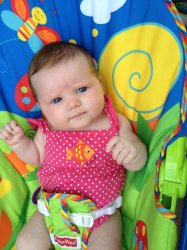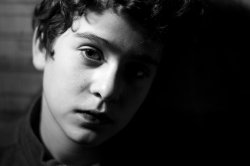Thank you, especially for sharing your wisdom on the general subject of post processing!... Q... when you have a high contrast scene (with more dynamic range than your camera can handle) where you are going to have blown highlights (the clouds/sky), crushed shadows (shade or dark subjects) or both, do you tend to expose for the shadows, the highlights or try to minimize the impact on both ends? Personally, I find it easier (the tools I use are better) at extracting info from shadows than highlights so I tend to sacrifice more shadow detail and expose for the highlights hoping to recover the shadows in post. Thoughts?
The short answer is that I usually privilege the highlights. The brighter areas of an image are what most attract the eye, so it is almost always essential to have some detail in the bright areas of an image. A big, white 'hole' in the frame usually looks pretty awful. If anything bright clips, it should be very small in the frame and something where the eye wouldn't expect to find detail anyway (distant, direct light sources or specular highlights, for example). The shadows are another matter: the eye doesn't usually expect to see detail in the very darkest of shadows, so sometimes it's OK to let those clip. The exception would be if those very dark areas take up a lot of space in the frame. A huge, black void in an image rarely looks good, so it's best to get some light into larger shadow areas one way or another.
If the DR of a scene is so wide that my raw file is clipping on both sides, then I usually reach for my GND. Unfortunately, I recently scratched up my GND pretty badly after dropping it on a rocky hillside during a groggy sunrise outing. Since then I've been forced to use the digital equivalent of taking a separate darker exposure to replicate the effects of the GND (for blending in post, of course). The digital method complicates matters greatly with long exposures or with fast moving ephemera; for example, cloud reflections and cloud shadows might not match what's in the sky. For those situations I prefer to use a filter, so I'm going to have to invest in a new one.
By the way, If you're finding that you can't recover detail from highlights, then you probably have at least one clipped channel. This is why it's important to read your individual RGB histograms while shooting to make sure that none of the channels are clipping (see my comments above about getting reliable histograms).
I just looked through my most recent photos to find a tricky exposure situation where I let the darkest shadows clip. Here's an example that I shot just last week:
















